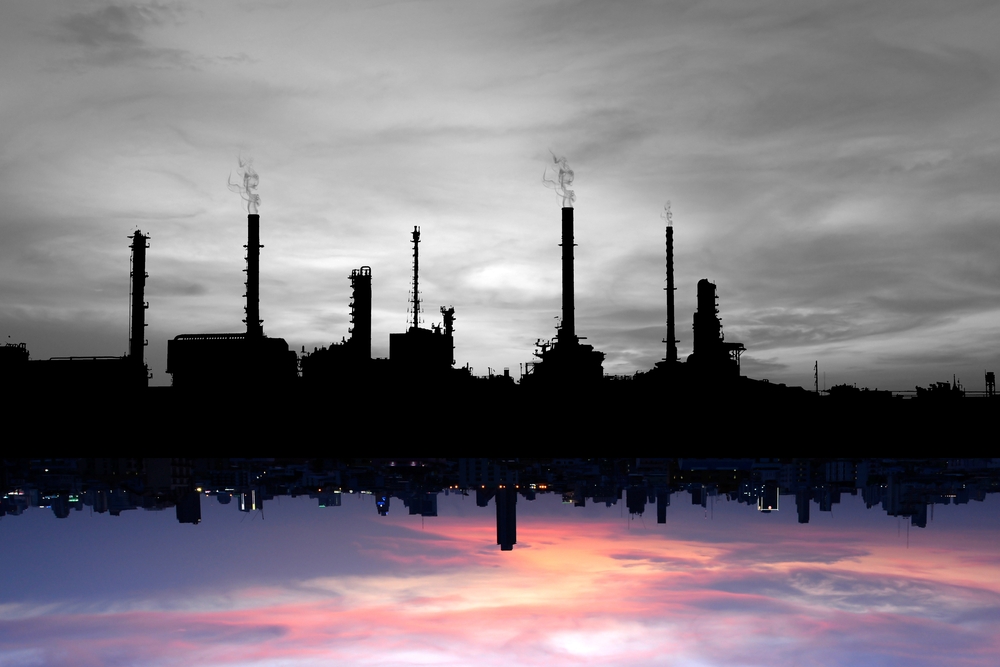The Obama Administration is attacking one fuel at a time, the most recent being coal and natural gas, and now methane is next on the chopping block. Methane, a component of natural gas, is burned to produce heat and electricity for many end-users, making it an important fuel source worldwide. Obama’s latest focus on methane emissions however, serve as another addition to his collection of false realities—his series of unattainable rules to create the perfect eco-friendly nation. Although the Environmental Protection Agency (EPA) is aiding the plan to protect public health and to maintain climate control, stricter rules will cause more havoc in the already suffering Oil & Gas (O&G) industries amidst the current economic downturn, falling employment rates, oil production, and oil revenues.
In 2015, the EPA proposed regulations directly targeting methane emitted from new and modified oil wells. Its 2015 plan was to cut emission ratings from O&G sectors in 2025 by 40-45% from 2012 levels, but with the recent meeting between Obama and Canadian Prime Minster Justin Trudeau, the EPA plans to further extend its rule to existing wells.
The estimated cost of regulating new oil wells, as stated in the EPA’s 2015 plan, is $320 to $420 million by 2025, and the price does not include existing wells. However, since the technology required to meet these new standards not been invented yet, the cost is not quantifiable and the need for more research and development is apparent.
According to Gina McCarthy, EPA administrator, the first step is to “require companies operating existing oil and gas sources to provide information…an Information Collection Request (ICR) will allow us to gather information on existing sources of methane emissions, technologies [sic] to reduce those emissions and the cost of those technologies in the production, gathering, processing, and transmission [sic] and storage segments of the oil and gas sector.”
Conversely, Kylie Isakower, American Petroleum Institute‘s (API) VP of Regularity and Economic Policy believes the plan is unnecessary because “…as oil and natural gas production has risen dramatically, methane emissions have fallen, thanks to industry leadership and investment in new technologies. These industry-led efforts are a proven way to reduce methane emissions from existing sources, and they are clearly working.”
As recent as 2014, the Greenhouse Gas Reporting Program—an EPA initiative that requires companies emitting at least 25,000 metric tons of greenhouse gas to submit annual reports—revealed an overall drop in methane emitted from gas wells and hydraulic fracking. Focusing solely on methane, in 2011, emission ratings were at 83.6 million metric tons and in 2014, it dropped to 73.0, a 12.7% decrease. Although the results are clear, rather than complying with industry groups to support economic growth, the EPA still finds it necessary to direct all focus towards capping methane leaks.
IMP Corporation, a global supplier of new and used power generation equipment, has seen a severe downward shift in domestic oil & gas industry sales over the past year; a shift that foreign markets have been quick to take advantage of. Â “Everyone in O&G understands the EPA has a job to do,” says Nicholas Nadjarian, CEO of IMP Corporation, “but while this administration’s new rules have put a strain on domestic [O&G] production, OPEC has aggressively countered by increasing theirs.”
Prior to this new proposed rule taking effect, oil production has already slowed down and employment rates have been steadily decreasing. Schlumberger, one of the largest oil service companies has cut 10,000 jobs during the end of 2015, and as of early 2016, a total of 34,000 jobs have been laid off. The EPA is doing its best to combat global warming and emission levels, but it is reckless to initiate a series of rules without honestly considering the economic and social impact. The O&G industries are already facing setbacks, and stricter regulations will make it even more difficult to mitigate damage during this economic crisis. There is little doubt that the new ruling will further increase unemployment rates, cut production, and further damage the economy. The EPA is trying to do its job, but unless there’s collaboration, we’re borrowing from Peter to pay Paul.









